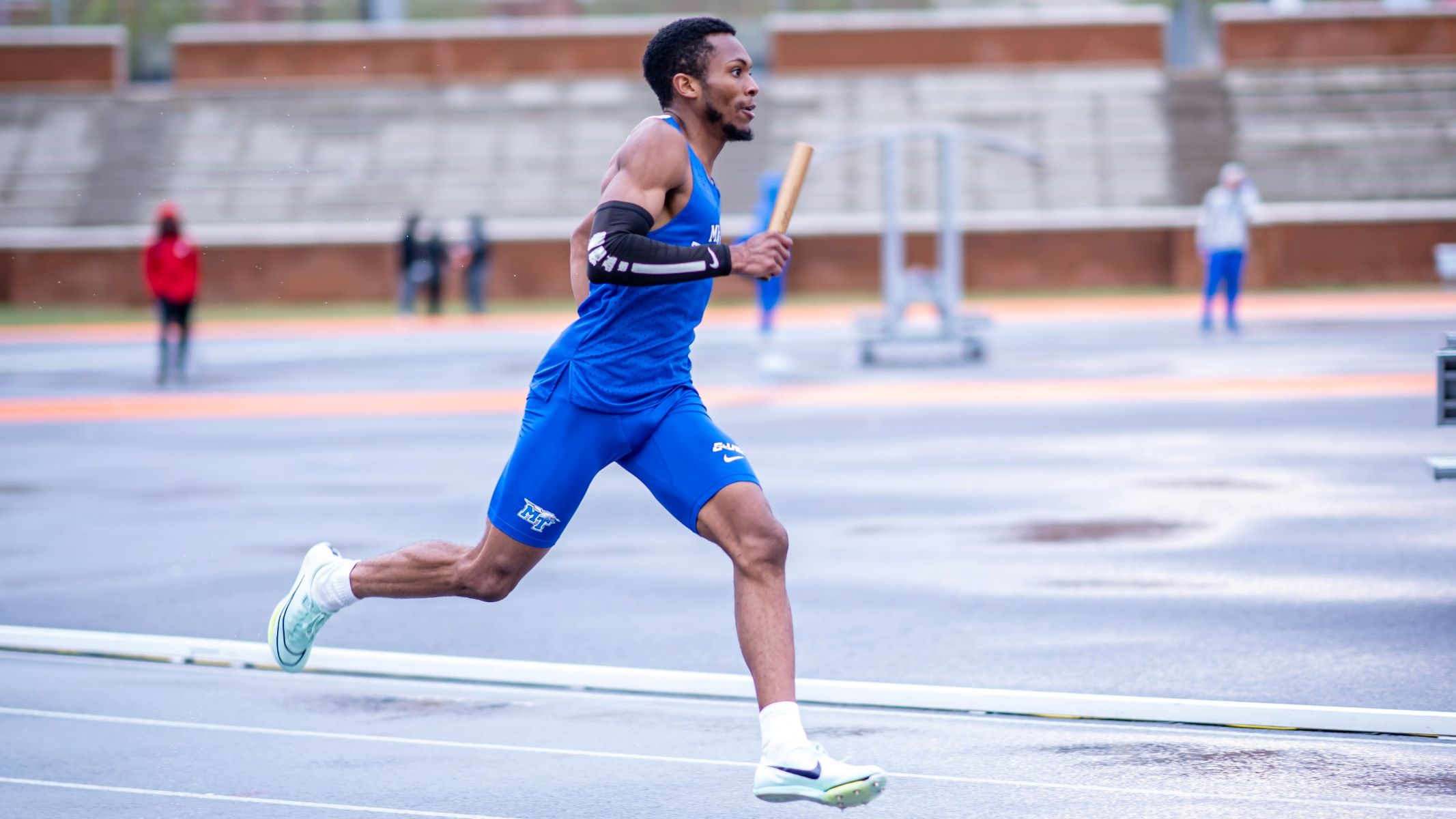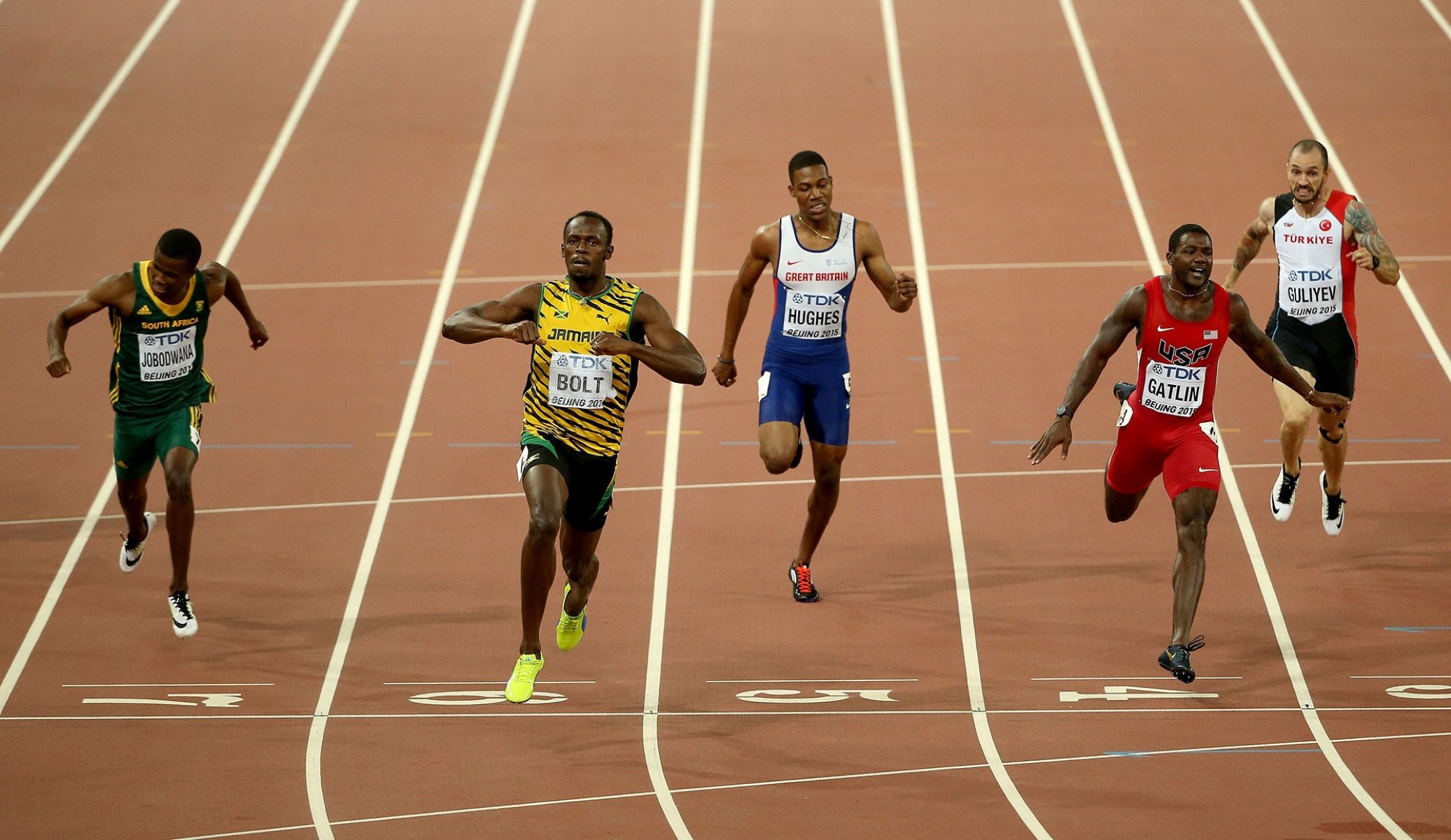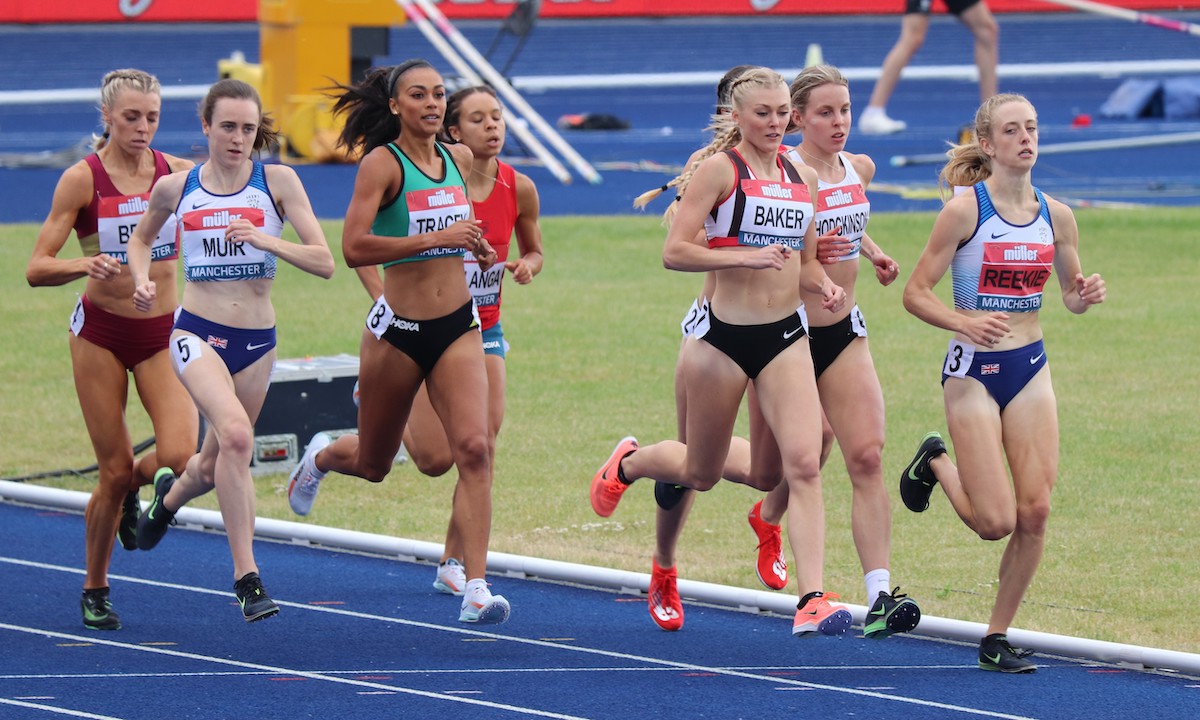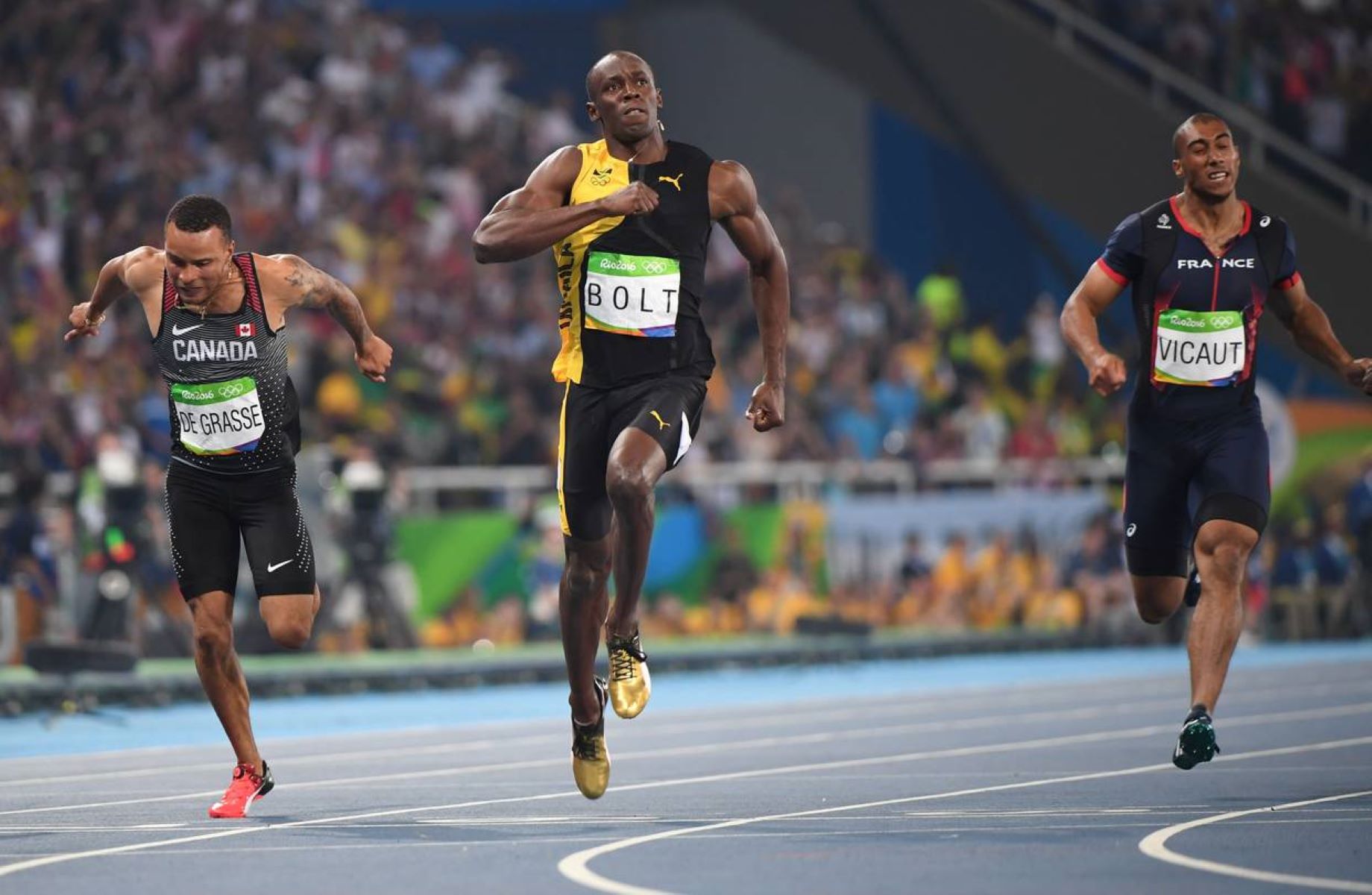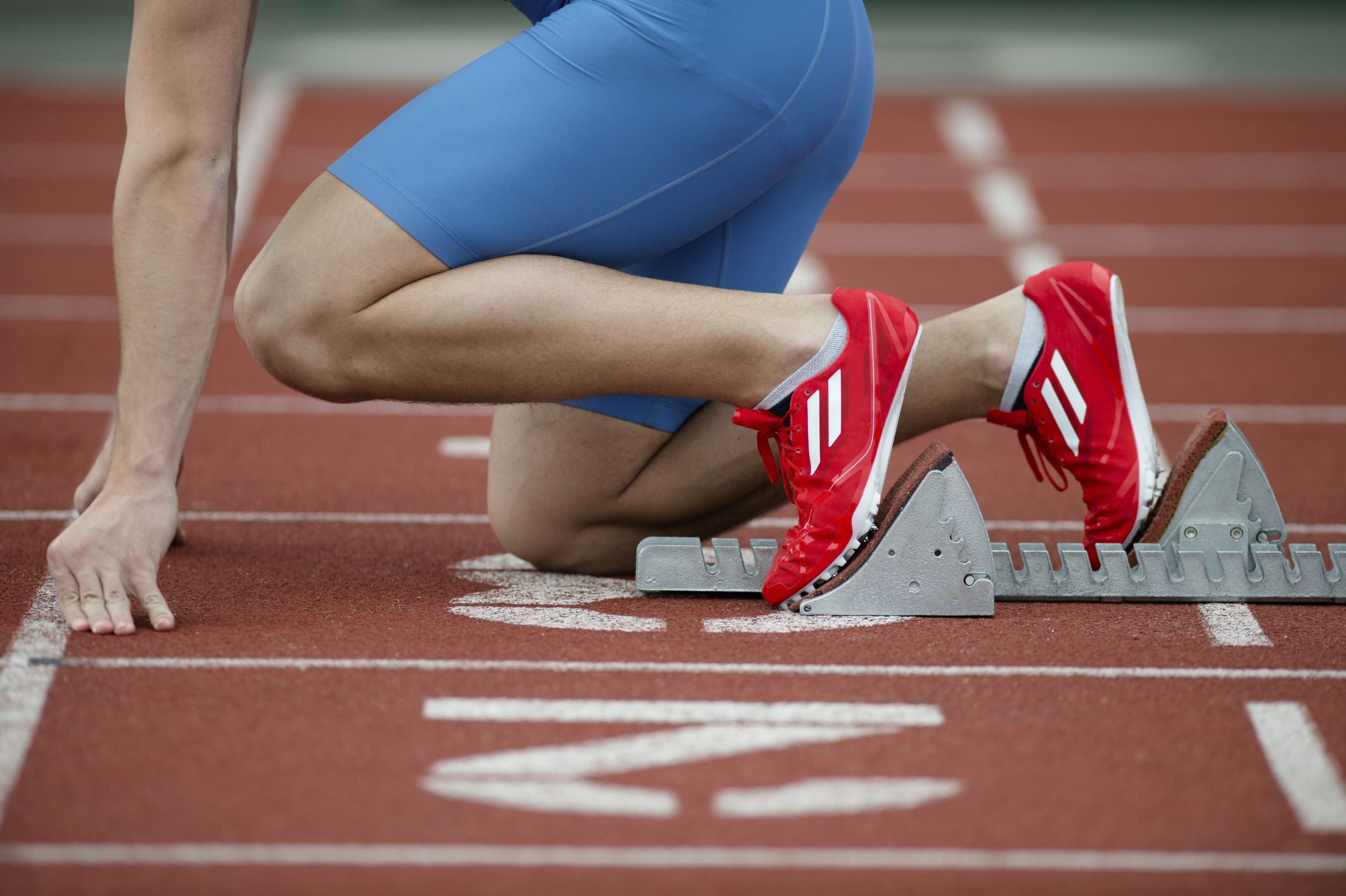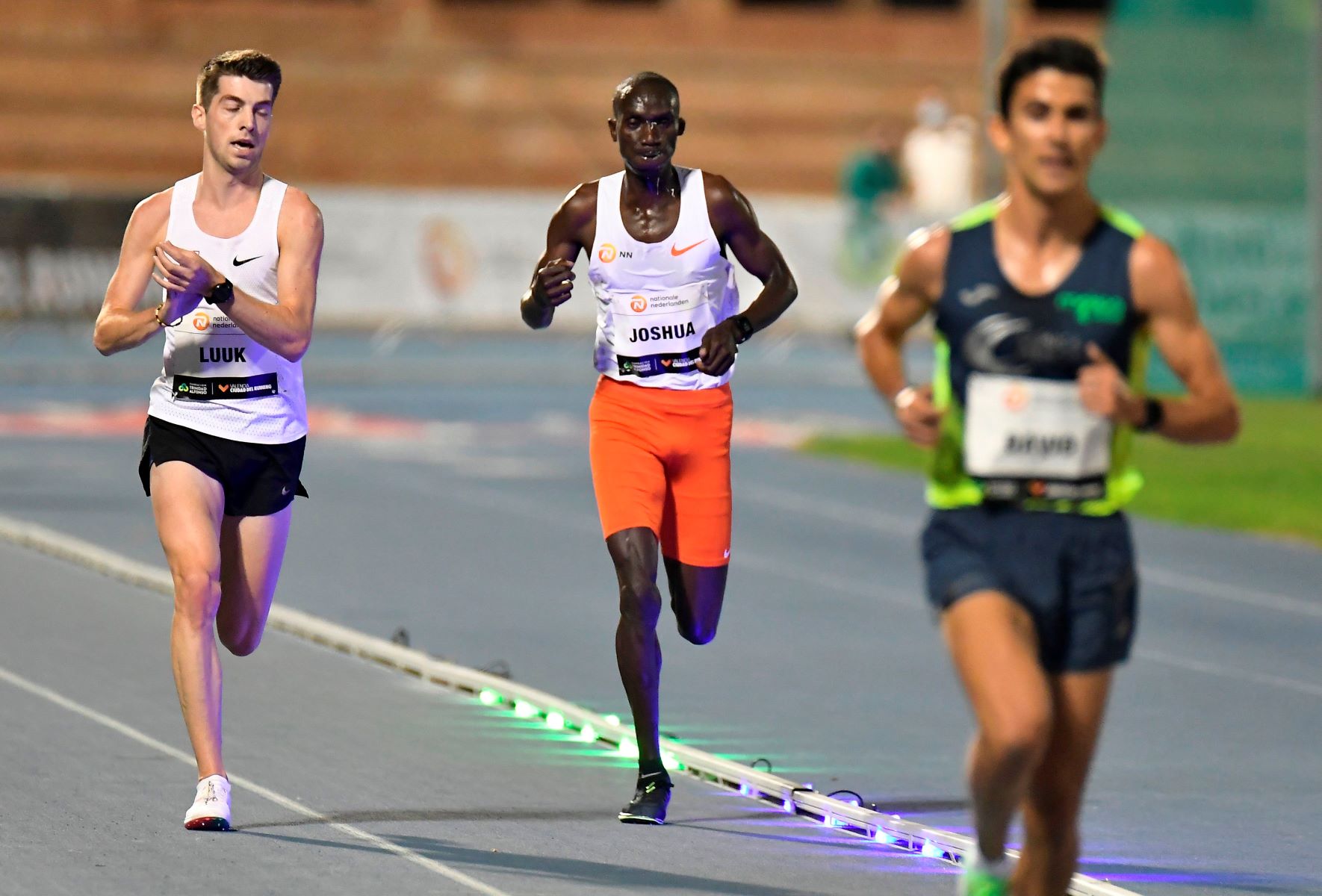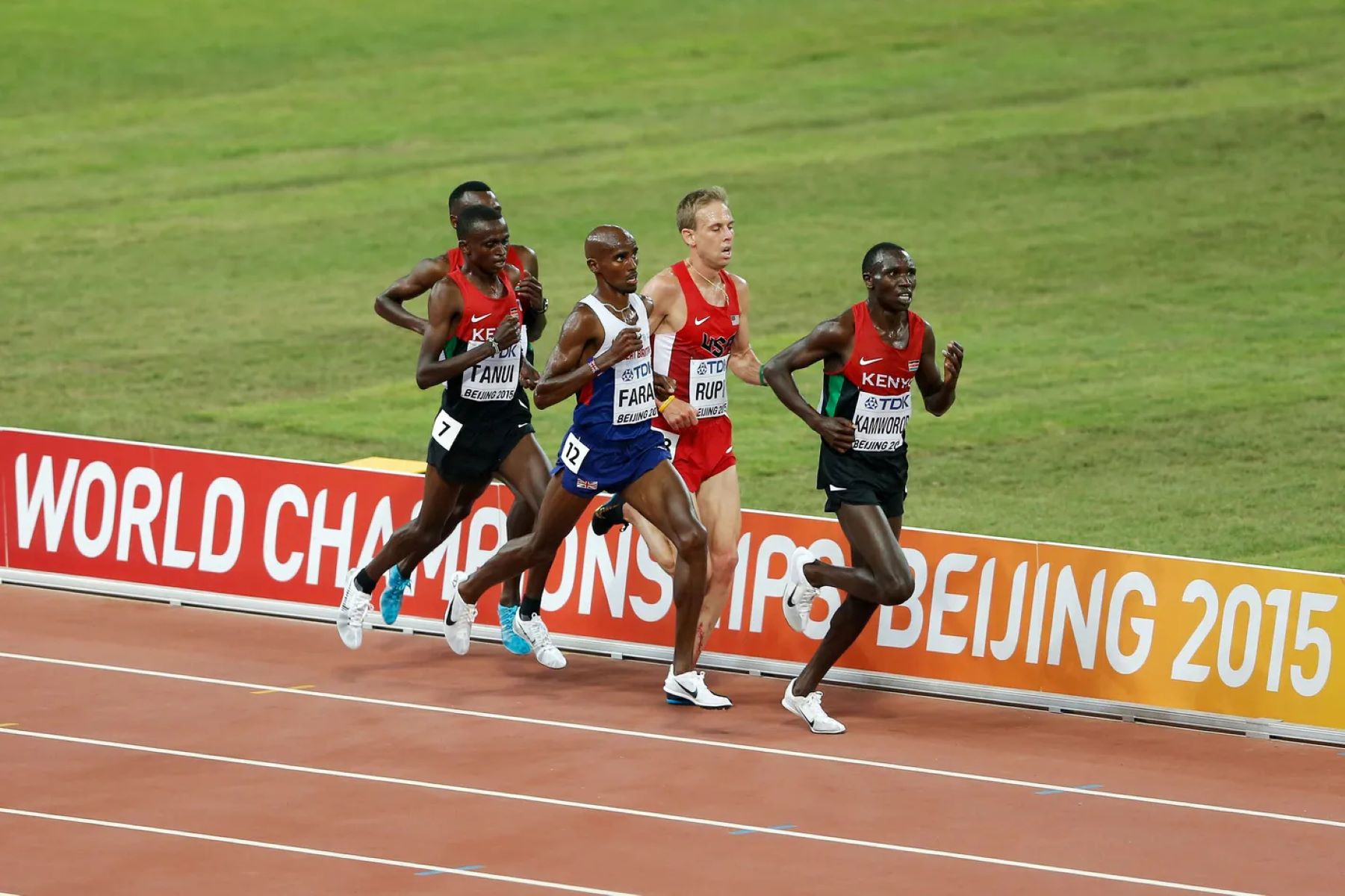

Featured
What Is A Kick In Track And Field
Published: September 5, 2023
Discover the power of a featured kick in track and field. Unleash your potential with this essential technique and dominate the competition.
Introduction
Track and field is a sport that requires a combination of speed, endurance, and technique. One crucial aspect of success in track and field events is the ability to execute a powerful and strategic kick. The term “kick” refers to a burst of speed and acceleration exhibited by an athlete towards the end of a race or event. This sudden surge of energy can make a significant difference in the final outcome of a competition.
A kick is not limited to a specific track and field event; it can be employed in various disciplines such as sprints, middle-distance running, and even certain field events. Athletes who possess a strong kick have a remarkable advantage over their competitors, as it allows them to make significant progress, overtake opponents, and ultimately achieve personal bests or even secure victories.
Developing a powerful kick requires a combination of physical abilities, mental focus, and strategic planning. Athletes must work on improving their speed, strength, endurance, and technique to maximize the effectiveness of their kick. Additionally, understanding when and how to use the kick strategically is of utmost importance in order to achieve the desired results.
This article delves into the nuances of a kick in track and field, exploring its definition, importance, techniques for developing a strong kick, examples of successful implementation, common mistakes to avoid, and the overall significance of incorporating a kick into an athlete’s training routine. Whether you are a beginner or a seasoned athlete, understanding and honing your kick can elevate your performance and drive you towards greater success in track and field competitions.
Definition of a Kick in Track and Field
A kick in track and field can be defined as a sudden burst of speed and acceleration exhibited by an athlete towards the end of a race or event. It is a strategic move used to gain an advantage over competitors, propel the athlete forward, and potentially secure a better finishing position. The kick is typically executed when an athlete senses the onset of fatigue and needs to tap into their reserves of energy and strength to maintain or increase their pace.
During a kick, an athlete pushes their body to its limits, activating fast-twitch muscle fibers and utilizing anaerobic energy systems. This explosive burst of speed can help an athlete overtake opponents, close gaps, or maintain a strong lead. The kick is often accompanied by a change in running form, with a focus on a higher cadence, increased stride length, and powering through the ground with strong leg drive.
The kick is not limited to track events; it can also be utilized in certain field events, such as the long jump or triple jump. In these events, the kick refers to the final phase of the jump, where the athlete extends their legs and propels themselves forward, maximizing distance and height.
It is important to note that the timing and execution of a kick can vary depending on the specific race distance and event. In shorter sprints, such as the 100m or 200m, the kick typically occurs in the last 20-30 meters, where athletes need to accelerate to the finish line. In middle-distance races, such as the 800m or 1500m, the kick is often employed in the final lap to break away from competitors and sprint towards the finish. Understanding the appropriate timing and technique for a kick in different events is crucial for success in track and field.
Overall, a kick in track and field is a dynamic and strategic maneuver that requires athletes to tap into their physical and mental reserves to unleash a burst of speed and acceleration towards the end of a race or event. It is a game-changing technique that can make the difference between winning and losing, and mastering the art of the kick is essential for any aspiring track and field athlete.
Importance of a Kick in Track and Field
A kick in track and field holds immense significance as it can be the determining factor in achieving success and outperforming competitors. Here are several reasons why a strong kick is crucial in the sport:
- Finishing Strong: In many track and field events, what happens in the final moments can make or break an athlete’s performance. A well-executed kick allows athletes to finish their race with a burst of speed and intensity, leaving no room for opponents to catch up.
- Overtaking Competitors: When races become tight and positions are contested, a kick can give athletes the opportunity to pass rivals and secure a higher finishing position. By accelerating past competitors, athletes can gain a psychological advantage and demoralize their opponents.
- Securing Personal Bests: The ability to unleash a powerful kick can help athletes achieve personal bests and break previous records. By tapping into their reserves and utilizing the kick technique effectively, athletes can push their limits and surpass their own expectations.
- Strategic Race Tactics: A kick can be employed strategically to conserve energy during specific segments of a race, allowing athletes to maintain a steady pace until the final stretch, where they can unleash their kick and leave competitors behind.
- Winning Championships and Medals: In championship-level competitions, races are often decided by narrow margins. A well-timed and executed kick can be the difference between winning a gold medal or settling for a lower position on the podium.
A strong kick is not only advantageous in individual events but also in relay races. In relay events like the 4x100m or 4x400m, a powerful kick by the anchor leg can secure an overall victory for the team by overtaking opponents and maintaining or extending the lead.
Overall, the importance of a kick in track and field cannot be overstated. It allows athletes to finish races strongly, overtake competitors, achieve personal bests, employ strategic race tactics, and ultimately vie for championship titles and medals. Developing a strong kick should be a focal point of any athlete’s training regimen in order to maximize their potential and succeed in the highly competitive world of track and field.
Techniques and Strategies for Developing a Strong Kick
Developing a strong kick in track and field requires a combination of physical conditioning, proper technique, and strategic planning. Here are some techniques and strategies to help athletes enhance their kicking abilities:
- Speed and Agility Training: To improve kick speed, athletes can incorporate speed and agility training exercises into their workout routines. This includes sprint drills, ladder drills, and plyometric exercises that focus on explosive leg power and quick footwork.
- Interval Training: Introducing interval training sessions, such as fartlek or high-intensity interval training (HIIT), can boost anaerobic capacity and enable athletes to endure the demands of a kick. Alternating between intense bursts of speed and recovery periods allows for the development of speed and endurance simultaneously.
- Strength Training: Building lower body strength through exercises like squats, lunges, and calf raises can enhance the power and propulsion needed for a strong kick. Additionally, incorporating core exercises into the training routine can improve stability and maintain proper posture during the kick.
- Technique Refinement: Paying attention to proper running form and technique is essential for an effective kick. Focusing on maintaining a tall posture, driving the knees forward, and pushing off the ground with a strong leg drive can optimize the power generated during the kick.
- Mental Preparation: Developing mental toughness and a positive mindset is crucial when executing a kick. Visualizing successful kicks during training sessions and competitions, along with employing mental techniques such as positive self-talk and maintaining focus, can enhance performance during crucial moments.
- Strategic Planning: Understanding race dynamics and strategically planning when to execute the kick is vital. Analyzing opponents, race splits, and course conditions can help athletes determine the optimal moment to accelerate and pass competitors, ensuring the kick is utilized to its full potential.
Incorporating these techniques and strategies into training sessions can help athletes develop the physical attributes, technical proficiency, and mental resilience required for a strong kick in track and field. Furthermore, working with a coach or training professional can provide additional guidance and personalized feedback to optimize an athlete’s kick technique and training regimen.
Remember, developing a strong kick takes time and consistent effort. By incorporating these techniques into training routines and remaining dedicated, athletes can see significant improvements in their kicking abilities, resulting in enhanced performance and greater success in track and field competitions.
Examples of Successful Use of the Kick in Track and Field Competitions
The application of a well-timed and executed kick has played a decisive role in numerous track and field competitions. Here are some noteworthy examples of athletes who have successfully utilized the kick to their advantage:
- Mo Farah: This British distance runner is renowned for his impeccable kick in long-distance races. In the 2012 London Olympic Games, Farah showcased his exceptional kick in the 10,000m final. Positioned strategically throughout the race, he unleashed an impressive surge of acceleration in the final 100 meters, leaving his opponents in his wake and securing a gold medal.
- Allyson Felix: The American sprinter has displayed a formidable kick in her sprinting career. In the 2016 Rio Olympics, during the women’s 400m final, Felix showcased her exceptional kick in the final 100 meters. Trailing behind her competitors, she unleashed a burst of speed, overtaking her rivals and narrowly securing a silver medal.
- Usain Bolt: Widely regarded as one of the greatest sprinters of all time, Bolt consistently demonstrated a powerful kick in his races. In the 2008 Beijing Olympics, during the men’s 100m final, Bolt exhibited an electrifying kick, breaking the world record and winning the gold medal with remarkable ease.
- Hicham El Guerrouj: The Moroccan middle-distance runner was renowned for his exceptional finishing kick in the 1500m race. El Guerrouj’s ability to accelerate in the final 200 meters allowed him to overtake competitors and secure numerous victories, breaking multiple world records in the process.
- Emma Coburn: Known for her exceptional steeplechase skills, Coburn has demonstrated a strong kick in her races. In the 2017 World Championships, during the women’s 3000m steeplechase final, Coburn utilized her kick to perfection in the final lap, overtaking her rivals and winning the gold medal, becoming the first American woman to achieve this feat.
These examples highlight the significance of a well-developed kick in various track and field events. The ability to summon a burst of speed and acceleration at the right moment can propel athletes to victory, regardless of the discipline. Whether it is a sprint, middle-distance race, or even a longer endurance event, the execution of a kick can prove pivotal in achieving success on the track.
By studying and learning from these examples, athletes can gain insights into effective kick strategies, including timing, technique, and maintaining composure under pressure. Analyzing the successful implementation of the kick by these renowned athletes can inspire and motivate aspiring track and field competitors to refine their own kicking abilities and strive for similar triumphs.
Common Mistakes and How to Avoid Them in Developing a Kick
While developing a kick in track and field, athletes may encounter common mistakes that can hinder their progress. Understanding these pitfalls and taking steps to avoid them is crucial in developing a strong kick. Here are some common mistakes and strategies to prevent them:
- Starting the Kick Too Early: One common mistake is initiating the kick too early in the race or event. Kicking too soon can lead to early fatigue and an inability to maintain the necessary speed and acceleration towards the end. To avoid this, athletes should focus on maintaining a steady pace throughout the race and save the kick for when it will have the greatest impact.
- Inadequate Speed Development: Insufficient focus on speed development can hinder the effectiveness of a kick. Athletes should incorporate specific speed training exercises, such as sprints and interval training, into their training regimen. Incorporating speed work will enhance the muscle fibers required for a powerful kick and improve overall race performance.
- Poor Running Form: Neglecting proper running form can diminish the effectiveness of a kick. Athletes should pay attention to maintaining a tall posture, driving the knees forward, and engaging the core muscles. Performing regular drills and exercises that emphasize proper form will contribute to a more powerful and efficient kick.
- Neglecting Strength Training: Failing to incorporate strength training can limit the capacity to generate power in a kick. It is essential to include lower body exercises, such as squats and lunges, to build strength in the muscles involved in the kicking motion. Adequate strength training will enable athletes to utilize maximum power during the kick.
- Lack of Mental Preparation: Overlooking the mental aspect of a kick can lead to suboptimal performance. Athletes should mentally prepare themselves by visualizing successful kicks and maintaining focus during races or training sessions. Utilizing mental techniques such as positive self-talk and visualization exercises can enhance confidence and boost performance during crucial moments.
- Ineffective Race Strategy: Poor race strategy can undermine the effectiveness of a kick. It is pivotal for athletes to analyze race dynamics, position themselves strategically, and plan the timing of their kick. Understanding when opponents may fatigue and where the optimal opportunities for overtaking lie are essential factors in executing a successful kick.
By being aware of these common mistakes and taking proactive measures to avoid them, athletes can optimize their kick development and improve their performance in track and field events. It is essential to focus on proper technique, strength and speed development, mental preparation, and strategic planning to enhance the effectiveness of the kick and maximize overall race performance.
Conclusion
The kick in track and field is a powerful technique that can provide athletes with a competitive edge, enabling them to finish races strongly, overtake competitors, achieve personal bests, and secure victories. Understanding the definition and importance of a kick is the first step towards incorporating it into an athlete’s training routine.
Developing a strong kick involves a combination of physical conditioning, technical refinement, and strategic planning. By implementing techniques such as speed and agility training, interval training, strength training, and mental preparation, athletes can enhance their kicking abilities and optimize their performance on the track.
Furthermore, studying examples of successful use of the kick by renowned athletes can provide valuable insights and inspiration for aspiring track and field competitors. Analyzing their strategies and learning from their experiences can guide athletes in refining their own kick technique and ultimately striving for similar successes in their respective events.
Avoiding common mistakes, such as kicking too early, neglecting speed and strength development, and lacking proper mental preparation and race strategy, is crucial in the development of a successful kick. By recognizing and actively preventing these pitfalls, athletes can optimize their training and performance, ensuring that their kicks have the desired impact during races.
In conclusion, mastering the art of the kick in track and field is a constant process of refinement and adaptation. By incorporating proper technique, physical conditioning, mental fortitude, and strategic planning, athletes can harness the power of the kick and position themselves for greater success in track and field competitions. Embracing the kick as an integral component of their training regimen will undoubtedly elevate the performance and overall achievement of athletes in this demanding and exhilarating sport.

